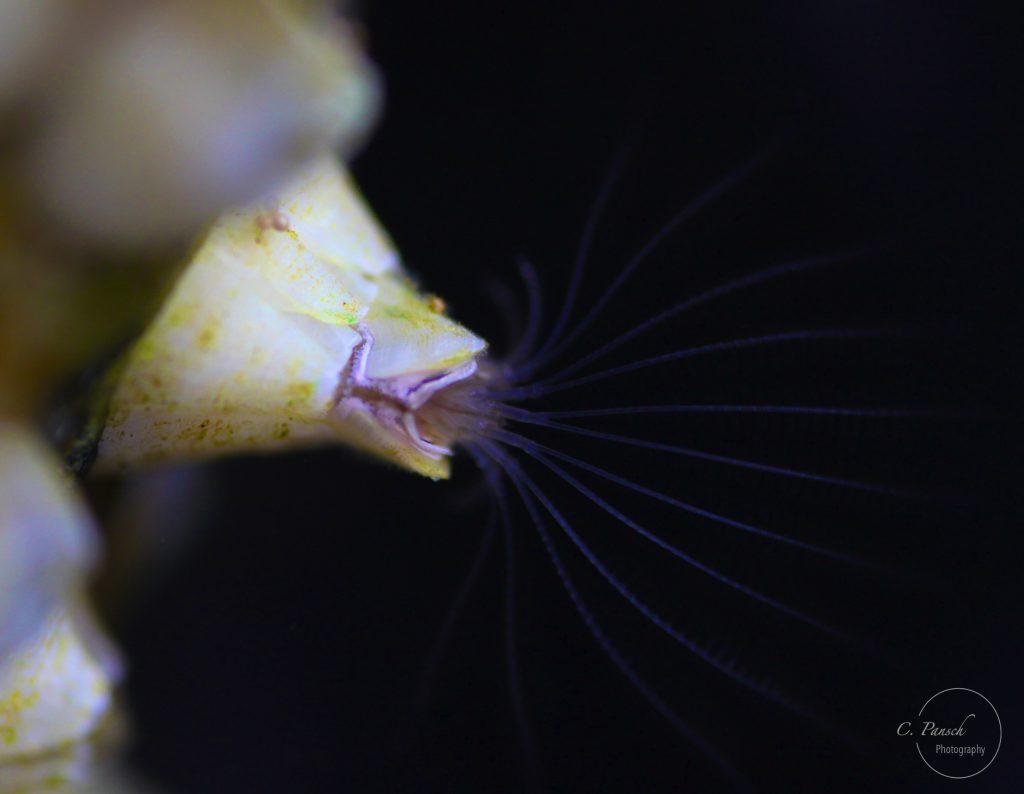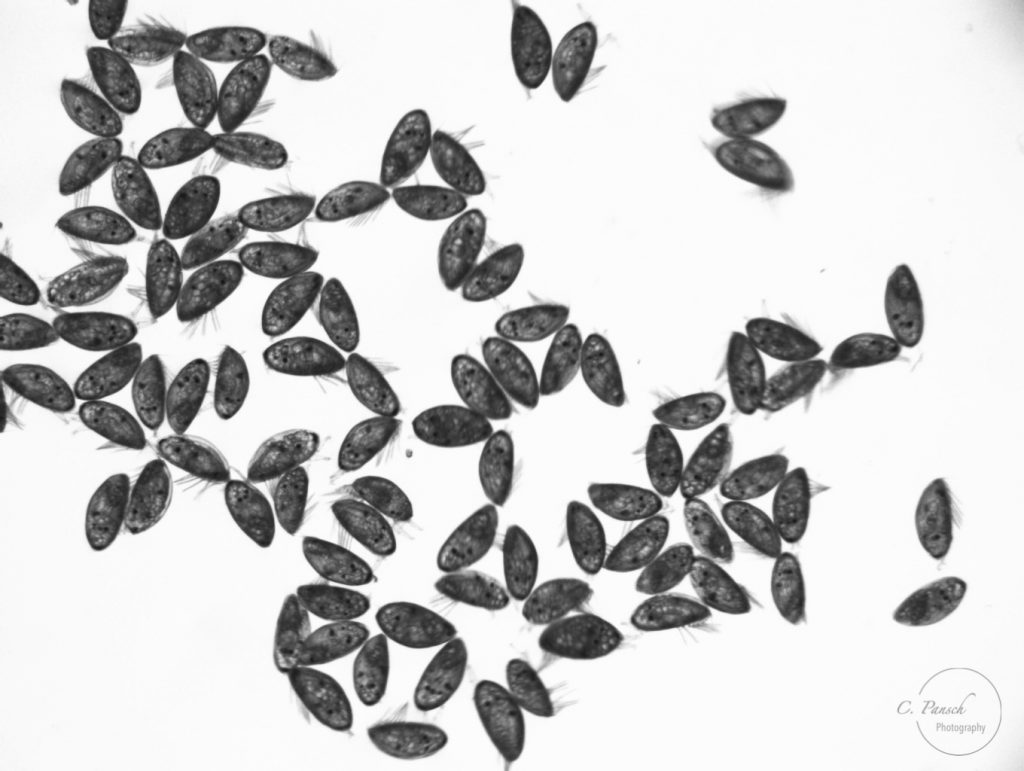Christian Pansch, and many others
Over the past years, I investigated the impacts of changes in salinity, temperature, and the acidity of the oceans on a common fouler, the acorn barnacle Balanus improvisus (Amphibalanus improvisus).

Global climate models project acidification of the world’s oceans. Regional projections show that local acidification may be strong, and may interact with additional drivers. Thus, shifts of means and extremes of environmental factors will influence key biological processes, drive species’ plasticity and adaptation, and alter structure and functioning of ecosystems. Within this framework, organisms from more stable environments might be more vulnerable to future shifts and extremes than organisms from habitats with naturally highly fluctuating conditions.
We investigated the effects of changes in seawater pH and salinity on two populations of the barnacle Balanus improvisus (all life-history stages up to entire life span), from the Western Baltic Sea (Kiel, Germany) and the Swedish west coast (Tjärnö). Kiel Fjord waters are characterized by strong seasonal fluctuations in pH, while Tjärnö waters display a more stable pH environment. Conversely, salinity varies much more strongly in the Tjärnö archipelago. In contrast to the robust Kiel population, acidification negatively impacted Tjärnö barnacles, and there were no signs of long-term acclimation. Survivors of long-term acidification were, nevertheless, able to grow in similar rates to similar sizes as control individuals, although these individuals were not capable of reproducing. Effects of salinity did not, however, follow the hypothesized pattern: barnacle larval development showed very broad salinity tolerance norms with a maximum at intermediate salinities. This suggests that salinity tolerances of larvae from the two different populations reflect salinities in their native habitats, but are nonetheless suboptimal. Acidification effects were detrimental for the Tjärnö, but not for the Kiel population. Thus, acidification represents a clear and significant bottleneck in the ontogeny of the Tjärnö barnacle population that may limit its potential to persist in a future ocean.

This work is published in:
Pansch et al. (2018) Long-term ocean acidification disrupts reproduction in barnacles. PlosONE13(2): e0192036
Nasrolahi et al. (2016) Population and life-stage specific sensitivities to temperature and salinity stress in barnacles? Nature – Scientific Reports 6:32263
Pansch et al. (2014) Habitat traits and food availability determine the response of marine invertebrates to ocean acidification. Global Change Biology 20:765-777
Pansch et al. (2013) Tolerance of juvenile barnacles (Amphibalanus improvisus) to warming and elevated pCO2. Marine Biology (Special Issue on Ocean Acidification) 160:2023-2035
Pansch et al. (2013) Larval development of the barnacle Amphibalanus improvisus responds variably but robustly to near-future ocean acidification. ICES Journal of Marine Science70:805-811
Nasrolahi et al. (2012) Temperature and salinity interactively impact early juvenile development – a bottleneck in barnacle ontogeny. Marine Biology 160:1109-1117
Pansch et al. (2012) Impacts of ocean warming and acidification on the larval development of the barnacle Amphibalanus improvisus. Journal of Experimental Marine Biology and Ecology 420:48-55
Nasrolahi et al.(2012) Being young in a changing world: how temperature and salinity changes interactively modify the performance of larval stages of the barnacle Amphibalanus improvisus. Marine Biology 159:331-340
